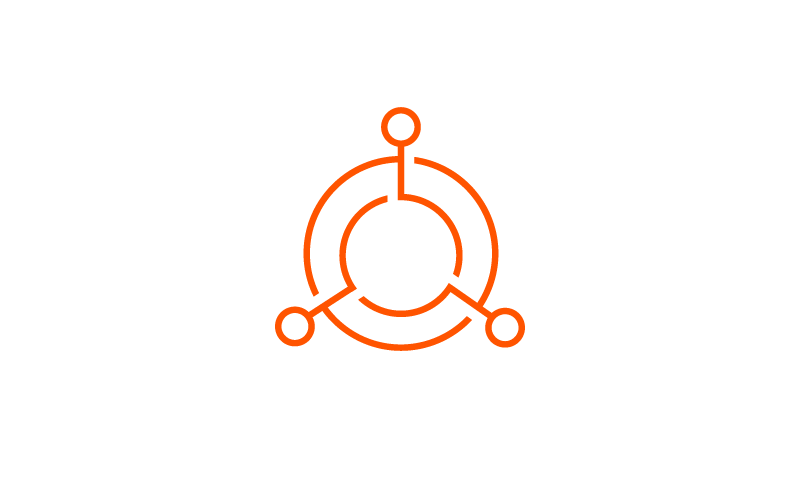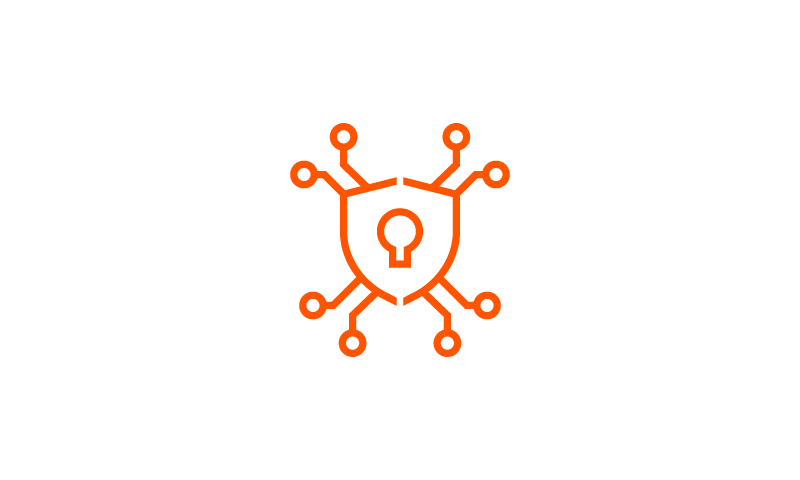The Next Big Theme: November 2023

OpenAI unlocks custom chatbots, AI helps revolutionise cloud computing foundations, and e-commerce looks to set records this Christmas. Join us in this month’s Next Big Theme as Global X explores recent news and developments in AI, electric vehicles, fintech, and more.
Artificial Intelligence & Technology
OpenAI Hosts Its First DevDay
At the inaugural OpenAI DevDay conference, OpenAI highlighted ChatGPT’s rapid progress, shared updates on reaching 100 million weekly users, and unveiled an array of enhancements, including reduced fees.1 Part of the widespread appeal of ChatGPT is OpenAI’s user-friendly approach, and now, they are including the ability to easily create custom GPT bots tailored to specific tasks, a feature extended to enterprises through Custom Models.2 Also, the company expects to launch a GPT marketplace by the end of November that can facilitate the purchase and sale of custom GPT bots to foster an open-source and accessible ecosystem.3 Among key updates, the GPT-4 Turbo model will receive a significant information source upgrade that extends its information cutoff from September 2021 to April 2023.4 The chatbot’s input capability will quadruple in the new Turbo version from 32,000 to a 128,000-context window.5
Product initiatives like these set the stage for competitors like Anthropic, Google, and Meta to follow. OpenAI’s partnership with Microsoft’s was on display at the conference. Notably, Microsoft is leveraging OpenAI’s updates to enhance Azure as a compelling platform for AI product and service development. As competition intensifies, we expect it to propel broader industrywide advancements in AI.
Explore artificial intelligence and technology with ROBO.
Data Centres & Cloud Computing
Developers Focus on Building Digital Foundations
As cloud computing and AI advance, industry leaders such as Alphabet, Meta, Amazon, and Microsoft are investing heavily in essential technical infrastructure, especially servers and data centers.6 The symbiotic relationship between cloud computing and AI is particularly beneficial for cloud hyperscalers because it enhances the customer appeal of their platforms. An example of the surging demand for major data centre providers is Digital Realty announcing plans for the construction of its fourth local data centre in Switzerland, scheduled to begin by 2025.7 Boasting a 14-megawatt capacity, this facility will augment Digital Realty’s existing trio of data centres and solidify its position as a key player in managing the vast data flow from the cloud portals that Amazon, Microsoft, and Google have in Switzerland.8 Contributing to this growth trajectory, MainOne, an Equinix subsidiary, announced the launch of an expanded open-access, carrier-neutral data centre in West Africa. The data centre meets Uptime Tier III standards, which demand the capability for three days of independent power that is not connected to a power source and no more than 1.6 hours of downtime per year.9
Explore cloud computing and data centres with TECH.
E-commerce & FinTech
Retailers Ready for a Festive Holiday Boost
The National Retail Federation (NRF) forecasts record-breaking U.S. holiday spending. The NRF expects a 3–4% increase from the November–December period in 2022, to between $957.3 billion and $966.6 billion in 2023.10 Fuelled by the ongoing shift in consumer behaviour, online and non-store sales are projected to rise 7–9% to between $273.7 billion and $278.8 billion, surpassing last year’s $255.8 billion.11 Mobile commerce and buy now, pay later (BNPL) channels are propelling the spending momentum. Inflated prices are making BNPL a particularly attractive and flexible payment option. Globally, BNPL transactions doubled in Q3 2023 and helped drive $17 billion in U.S. online spending, a 16.9% uptick from 2022’s $14.5 billion.12 Overall, mobile commerce is set to command 51.2% of all online spending in 2023, surpassing desktop usage.13 Stimulated by factors like massive discounts and flexible payment methods, e-commerce remains resilient amid economic uncertainties and high interest rates.
Explore e-commerce and fintech with FTEC.
Electric Vehicles
Toyota Drives the EV Race
Toyota’s recent $8 billion investment in Toyota Battery Manufacturing North Carolina (TBMNC) is a pivotal step in the company’s global vehicle electrification.14 Expected to be operational in 2025, the facility will be Toyota’s lithium-ion battery production hub in North America.15 With a total commitment of nearly $13.9 billion and 3,000 new jobs, Toyota’s focus is on expanding capacity for battery electric vehicles (BEVs) and plug-in hybrid electric vehicles (PHEVs).16 The plan includes eight BEV/PHEV battery production lines to go along with two others previously announced. The plan also includes four lines for Hybrid Electric Vehicles (HEVs) by 2030.17 Aligned with Toyota’s ambition to offer electrified options for every Toyota and Lexus model globally by 2025, this investment marks the latest step in the company’s electrification.18
Tesla Aims for Cost Reductions
Tesla plans to introduce a new electric car model priced at around $25,000, its most affordable offering to date.19 It is unclear whether it will be an entirely new model or a streamlined version of an existing one, but production is expected to take place at Tesla’s factory near Berlin.20 Tesla aims to achieve cost reductions through a manufacturing breakthrough that involves casting the underbody of its cars as a single piece. The move positions Tesla to compete with budget EV manufacturers in Europe and China. In particular, the move addresses a growing market for low-cost EVs in the European Union, where competitors like Volkswagen, Renault, and Stellantis already announced plans for affordable electric models.21
Explore electric vehicles with ACDC.
Social Media & Artificial Intelligence
Digital Advertising Gets Augmented by AI
Third-quarter advertising revenue increased significantly for major players in the digital ad market, a resurgence primarily attributed to broad consumer strength and AI.22 Meta reported that its Advantage+ tool, which offers ad automation tools that facilitate swift creation and tracking of campaigns, helped boost the company’s online sales.23 Google’s Performance Max advertiser product, which highlights gains from AI tools, is a central hub for advertising across its network, including Search and YouTube. Also, Google’s recent introduction of Demand Gen and Video View further harnesses AI to create highly targeted video and image ads on various platforms. Amazon’s advertising division, propelled by strategic investments in machine learning, has been its fastest-growing segment for three consecutive quarters.24 Companies with substantial investments in AI are spending to promote their AI products too, to the tune of $40 million across diverse channels.25 Reduced ad spending due to economic uncertainties in 2022 have given way to an AI-powered bounce back.
Explore social media and AI with TECH.
Related Funds
ACDC: The Global X Battery Tech & Lithium ETF (ACDC) invests in global companies developing electro-chemical storage technology and electric vehicles as well as mining companies producing battery-grade lithium.
FTEC: The Global X Fintech & Blockchain ETF (FTEC) invests in the financial technology sector which includes innovative companies in industries such as insurance, investing, fundraising, and third-party lending through unique mobile and digital solutions, as well as blockchain and digital assets.
ROBO: The Global X ROBO Global Robotics & Automation ETF (ROBO) invests in robotics and artificial intelligence companies, including those involved with industrial robotics and automation, non-industrial robots, and autonomous vehicles.
TECH: The Global X Morningstar Global Technology ETF (TECH) invests in companies whose principal business is in offering Software-as-a-Service (SaaS), Platform-as-a-Service (PaaS), Infrastructure-as-a-Service (IaaS), and/or cloud and edge computing infrastructure and hardware.


